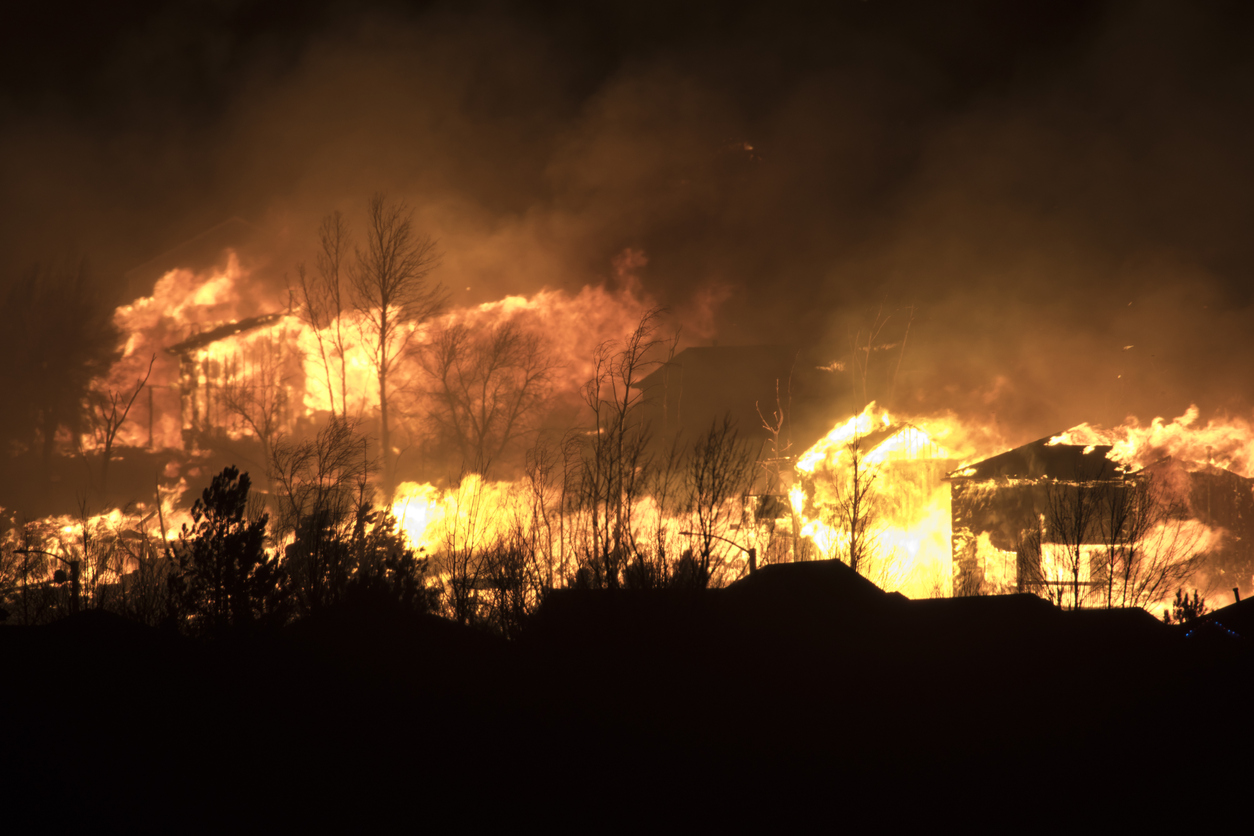Last month, I spoke at the First Party Claims Conference in Rhode Island on the topic of the Standard Fire Insurance Policy, which 165-line form provides coverage for direct loss by fire and lightning.1 My presentation presumed that everyone knows what a fire is, myself included. I changed my mind though after reading the Connecticut federal district court’s recent opinion in National Liability & Fire Insurance Company v. Jablonowski.2
There, the insured sought coverage under a yacht insurance policy for an alleged electrical fire at the boat’s shore power cord connection, which cut off electricity to an onboard space heater. This allegedly caused immediate consequential property damage in the form of mold or mildew growth in the boat’s interior, for which the insured claimed he was due $90,000, with the boat purportedly a total loss. The insurance policy covered consequential property damage resulting from fire; but, it excluded loss caused directly or indirectly by wear and tear, gradual deterioration, mechanical or electrical breakdown, or overheating. The insurer denied the claim, taking the position that a fire did not occur within the shore power cord connection because there was no ignition or combustion.
In granting summary judgment in favor of the insurer, the district court agreed there was no fire. The district court stated that when determining the scope of coverage for loss or damage by fire, the action of fire in charring, scorching, cracking, smoking, or heating may be included though no flame is seen. But there must exist in the first place a fire, which is the effect of combustion, and is equivalent to ignition or burning. Fire then, as used in an insurance policy, implies accidental combustion accompanied by visible flame or glow.
The insured argued that a fire occurred because there was charring on the shore power cord plugs. But, because the insured did not witness and had no evidence of flame, glow, or even smoke, and since the insurer’s expert witness report concluded there was no combustion, the district court concluded that the insured could not sustain its burden of proving a covered cause of loss (fire), resulting in summary judgment for the insurer.
________________________
1 The 1943 New York Standard Fire Policy (“the Standard Fire Policy”), or a statutory version differing from it only slightly, is used in many states, including Arizona, California, Connecticut, Georgia, Idaho, Illinois, Iowa, Louisiana, Massachusetts, Michigan, Minnesota, Nebraska, New York, and West Virginia. The Standard Fire Policy, a form consisting of 165 lines, has served as the foundation for most property insurance policies covering the peril of fire and lightning since its revision in 1943.
2 National Liability & Fire Ins. Co. v. Jablonowski, 2018 WL 4623027 (D. Conn. September 26, 2018).



